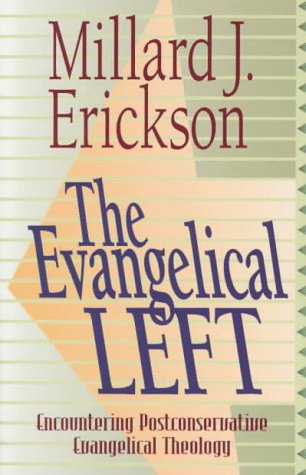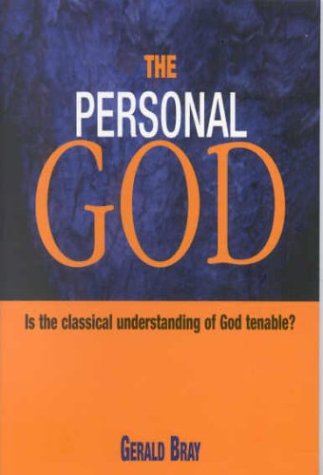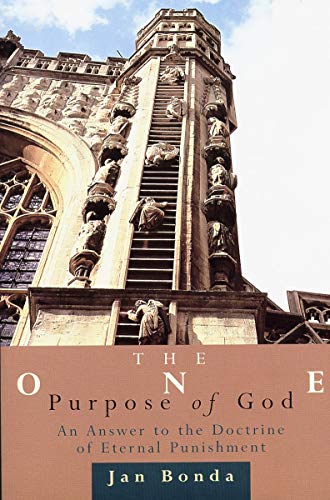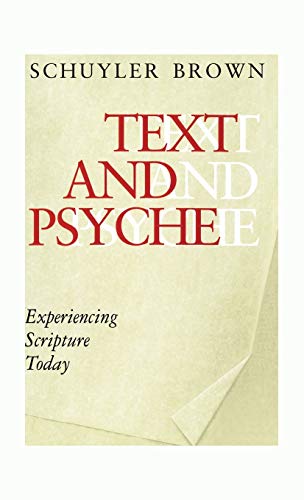Praying as Believing: The Lord’s Prayer and the Christian Doctrine of God (Regent’s Study Guides 6)
Written by Tim Bradshaw Reviewed By Tony GrayIf Christian scholarship is to be properly Christian, then it must at the very least attempt to bridge the gulf between the academy and the church. This work by Tim Bradshaw, the Dean of Regent’s Park College, Oxford, is a fine example of that attempt. In a systematic and clear way, Bradshaw weaves together contemporary Christian doctrinal reflection with the Lord’s prayer. Thus there are chapters exploring each of the main clauses of the prayer, relating each issue to both pressing theological themes, and also to practical issues within the life of the Christian community.
For example, in considering ‘Our Father in heaven’. Bradshaw takes the reader through issues of Trinitarian thought, the nature of image, the use and abuse of religious language, and concludes this section with a challenge to anti-realist theologians such as Cupitt who have an influence on both the academy and sections of the church. Similarly, in dealing with the subject of forgiveness, he deals not only with the transactional elements of forgiveness, but also with how our understanding of person affects both divine and human forgiveness.
In a book which examines both petitionary prayer and the doctrine of God, one major issue confronting contemporary theology is bound to raise its head. This consists of the interconnected questions of God’s immutability, his impassability, and whether God is timeless or everlasting. Whilst carefully avoiding the perils of the process theologians (which is seen in their conviction that prayer is an event which can change God), Bradshaw is prepared to challenge at least some of the elements of the classical view. He is at home with the image of God as a grand master chess player, and whilst wishing to maintain the dependability of God, does not want to obliterate the role which human free will has to play. Some of this discussion later in the book is fairly tantalising—for example, he quotes the work of some openness theologians without engaging with it—and it would be helpful to see these thoughts expanded further into a fully fledged doctrine of God.
Bradshaw has provided a fine example of how to relate systematic theology to a regular and transforming church activity—praying the Lord’s prayer. This work will serve as an excellent model for this approach, and also may suit some students as a good way in to contemporary issues in theology.
Tony Gray
Oxford







